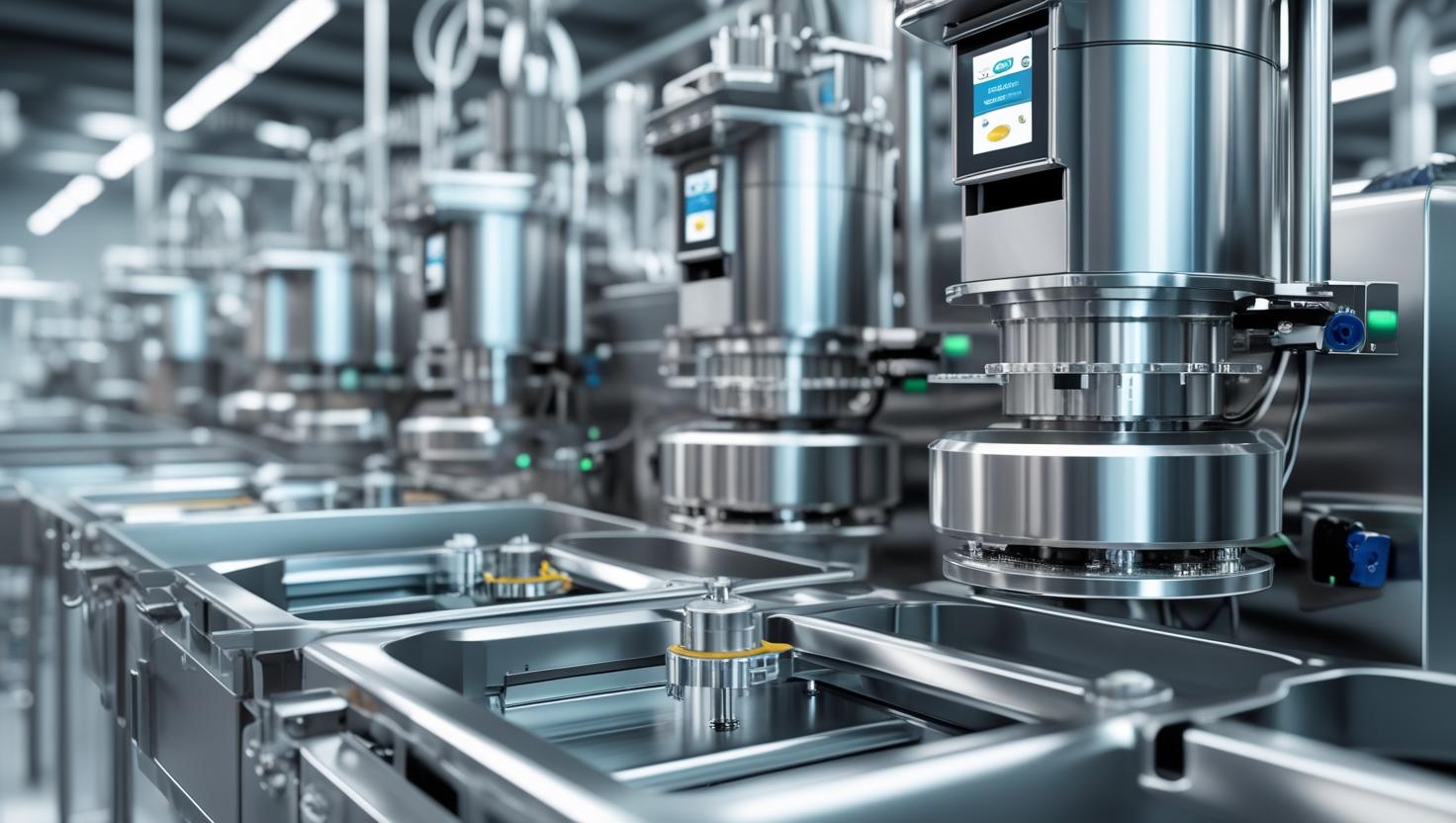The food inspection devices market is projected to reach USD 5.08 billion by 2030 from USD 3.25 billion in 2025 at a CAGR of 9.3% during the forecast period. This robust growth is driven by increasing food safety concerns, rising incidences of contamination and product recalls, and growing regulatory enforcement across developed and emerging markets. Stringent regulations such as the Food Safety Modernization Act (FSMA), FSSAI mandates, and EU safety standards are pushing food producers and processors to adopt automated, reliable, and high-throughput inspection systems. In parallel, consumer demand for traceable, allergen-free, and high-quality food products is encouraging companies to invest in advanced detection technologies. The integration of AI, IoT, and machine vision into inspection systems is enhancing their precision, speed, and adaptability, enabling real-time quality assurance and compliance.
Download PDF Brochure @ https://www.marketsandmarkets.com/pdfdownloadNew.asp?id=28154075

The food inspection devices market is undergoing a major shift from traditional manual inspection techniques to highly automated, technology-enabled systems. This transformation is fueled by the growing need for production efficiency, compliance with global food safety standards, and the rising complexity of food supply chains. Manufacturers are deploying a mix of X-ray systems, metal detectors, checkweighers, spectroscopy-based tools, and microbial detection devices to ensure end-to-end quality control. Leading companies such as Mettler-Toledo International Inc. (US), Thermo Fisher Scientific Inc. (US), ISHIDA CO., LTD. (Japan), Anritsu (Japan), and Loma Systems (UK) are spearheading this evolution by introducing smarter, modular, and AI-powered inspection platforms. These solutions are increasingly being adopted not only by large-scale food manufacturers but also by small and mid-sized enterprises through leasing and government-backed safety initiatives. The push for digitalization in food processing, combined with consumer expectations for transparency and safety, is unlocking new opportunities and reshaping the global landscape of food inspection technologies.
The catering and ready-to-eat (RTE) meals segment is projected to register the highest CAGR in the food inspection devices market over the forecast period. The rising consumer demand for convenience foods, coupled with growing concerns around food safety and shelf life, is driving the need for stringent quality control in this segment. RTE and catering food products are particularly vulnerable to contamination and spoilage due to minimal post-processing handling, thereby requiring robust inspection solutions. Technologies such as X-ray systems, metal detectors, and vision inspection are increasingly being integrated into RTE production lines to ensure contaminant-free, accurately packaged, and compliant products. Furthermore, the segment benefits from increasing regulatory scrutiny and labeling standards, which mandate traceability and hygiene across the supply chain. As demand for on-the-go meals surges in urban centers across Europe, Asia Pacific, and North America, manufacturers are prioritizing investment in advanced inspection systems to safeguard brand reputation and meet evolving consumer expectations.
During the forecast period, Europe is expected to record the highest CAGR in the food inspection devices market, driven by stringent food safety regulations and increasing consumer demand for high-quality, traceable food products. Regulatory bodies such as the European Food Safety Authority (EFSA) enforce strict compliance, prompting food manufacturers to adopt advanced inspection technologies to ensure safety and maintain market access. Countries like Germany, France, the UK, and Italy are witnessing the rapid adoption of X-ray systems, metal detectors, and vision inspection tools across food processing lines. The region’s strong emphasis on automation, clean-label food, and allergen control further accelerates the deployment of AI- and IoT-enabled inspection systems. Additionally, the modernization of processing facilities and the rise in packaged and ready-to-eat food consumption are boosting demand for end-of-line inspection solutions. Backed by regulatory support, technological innovation, and evolving consumer expectations, Europe is emerging as a key high-growth region in the global food inspection devices market.
The major companies in the food inspection devices market are Mettler-Toledo International Inc. (US), Thermo Fisher Scientific Inc. (US), Ishida Co., Ltd. (Japan), Anritsu Corporation (Japan), Fortress Technology Inc. (Canada), Sesotec GmbH (Germany), Loma Systems (UK), Minebea Intec GmbH (Germany), Bizerba SE & Co. KG (Germany), and Multivac Group (Germany). Major players in this market focus on organic strategies, such as product launches, to develop their footprint all over the globe and increase their market share in the food inspection devices market. The rise in global demand for packaged and processed food, growing emphasis on food safety compliance, and advancements in inspection technologies are opening significant opportunities in the food inspection devices market. Players are taking advantage of these trends by offering AI-enabled inspection systems, real-time data analysis tools, and modular devices that cater to varied food production needs. The adoption of automated inspection lines is expanding across both developed and emerging economies, driven by the need to ensure quality, reduce recalls, and meet consumer expectations for transparency and clean-label products. Entering untapped markets, forming strategic alliances with regional food producers, and developing localized solutions aligned with regional safety standards will be key to sustaining long-term growth and expanding global market share.
